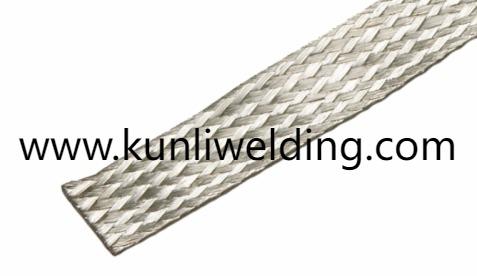Innovative Restoration Goals Met by Aluminum Tig Wire Suppliers Expertise

In the realm of cultural heritage conservation, specialists have long sought reliable methods to repair fragile bronze vessels without risking further damage. By collaborating with Aluminum Tig Wire Suppliers , restoration teams now harness dissimilar metal TIG welding techniques that introduce aluminum bronze filler into worn sections of artifacts. This approach offers a controlled way to rebuild missing edges and reinforce stress points while preserving the patina and fine details that define each piece's historical value.
Traditional brazing and adhesive methods often fall short when working on thin relic walls or complex cast surfaces. Excessive heat can warp original bronze, and sticky compounds may discolor or trap moisture. The new TIG process operates at optimized temperatures and utilizes a precision wire feed, allowing artisans to deposit filler metal only where needed. This targeted application minimizes heat affected zones and prevents the distortion that can irreversibly alter an artifact's geometry.
Restoration labs equipped for dissimilar metal TIG welding integrate digital monitoring systems that track arc stability and weld pool temperature in real time. Cameras magnify the joint area, enabling welders to follow intricate contours and maintain consistent travel speed. The specialized aluminum bronze wire flows smoothly under the arc, filling gaps with minimal spatter. As each layer cools uniformly, technicians can build up material gradually, matching thickness and ensuring flush transitions between original and repaired surfaces.
One of the most compelling benefits of this technique is its reversibility. Should future conservation efforts require removal of the filler, controlled mechanical tools or chemical processes can extract the welded material without harming the underlying bronze. This aligns with ethical guidelines in preservation circles, which stress that any intervention should remain removable and leave the core artifact intact for generations of study.
Museums and academic institutions are increasingly investing in portable welding cabinets that allow in situ repairs. Traveling conservation teams respond directly to excavation sites or regional collections needing urgent stabilization. The lightweight equipment packs into standard crates, and gas and power supplies can be sourced locally, reducing logistical hurdles. This mobility ensures that delicate objects need not be shipped long distances, lowering transit risk and exposure to fluctuating climate conditions.
Public interest in artifact recovery has surged as digital exhibitions and virtual reality tours bring ancient items into homes worldwide. High resolution imagery and interactive storytelling highlight restored sections, prompting viewers to appreciate both the original craftsmanship and the modern skill that preserved it. Social media showcases before and after sequences that emphasize the subtlety of the work—no oversized weld beads or visible repairs but a seamless integration that honors the artifact's aura.
Academic collaborations deepen process refinement. Metallurgists study microstructures in test welds to optimize alloy blends and cooling rates. By tweaking filler composition, they achieve color matches that closely mirror aged bronze hues, further camouflaging repair zones. Ongoing research projects invite peer feedback and allow refiners to publish best practices in conservation journals. This open exchange keeps the field advancing and encourages wider adoption of the method.
As heritage sites face increasing environmental threats—from urban pollution to extreme weather—stabilizing vulnerable artifacts becomes ever more urgent. The dissimilar metal TIG welding process stands out as a robust yet gentle option, reinforcing structural integrity while honoring principles of minimal intervention. Whether safeguarding a ceremonial vessel or reassembling a ceremonial finial, restorers gain a new tool to extend the life of priceless cultural objects.To explore advanced welding solutions and specialized filler wires crafted for artifact conservation, visit www.kunliwelding.com/product/ .
- Art
- Causes
- Crafts
- Dance
- Drinks
- Film
- Fitness
- Food
- Παιχνίδια
- Gardening
- Health
- Κεντρική Σελίδα
- Literature
- Music
- Networking
- άλλο
- Party
- Religion
- Shopping
- Sports
- Theater
- Wellness


